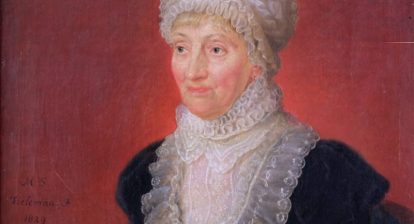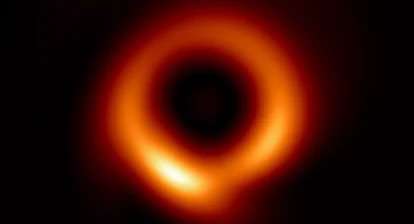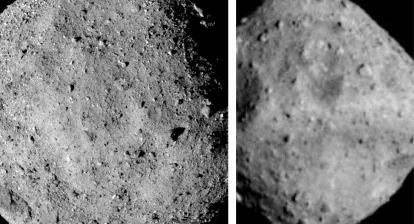A New View of Star Birth
NASA has just released an image of a small star-forming region in the Rho Ophiuchi cloud complex to celebrate the completion of James Webb Telescope’s fantastic and successful first year. The image itself was captured by Webb’s NIRCam camera.
The James Webb Space Telescope has captured a stunning new image of the Rho Ophiuchi cloud complex, the closest star-forming region to Earth. The image, released to mark the telescope’s first anniversary, reveals a chaotic scene of jets bursting from young stars, “impacting the surrounding interstellar gas and lighting up molecular hydrogen” shown in red. “Some stars display the telltale shadow of a circumstellar disk, the makings of future planetary systems.”
The Rho Ophiuchi cloud complex is only about a million years old, making it a relatively quiet stellar nursery. However, the Webb telescope’s powerful infrared vision has allowed us to see it in unprecedented detail. The image reveals a complex web of gas and dust, with young stars forming in dense pockets. The jets from these stars are carving out tunnels and cavities in the gas, and the impact of the jets is causing the gas to glow.
The biggest star in the image is S1, which appears amid a glowing cave it is carving out with its stellar winds. The lighter-colored gas surrounding S1 consists of polycyclic aromatic hydrocarbons, a family of carbon-based molecules that are among the most common compounds found in space.
According to the NASA description: “An active star-forming region. Red dual opposing jets coming from young stars fill the darker top half of the image, while a glowing pale-yellow, cave-like structure is bottom center, tilted toward two o’clock, with a bright star at its center. The dust of the cave structure becomes wispy toward eight o’clock, trailing off and allowing stars and distant galaxies to show through. Above the arched top of the dust cave three groupings of stars with diffraction spikes are arranged. Smaller stars are scattered around the image. A dark cloud sits at the top of the arch of the glowing dust cave, with one streamer curling down the right-hand side. The dark shadow of the cloud appears pinched in the center, with light emerging in a triangle shape above and below the pinch, revealing the presence of a star inside the dark cloud. The image’s largest jets of red material emanate from within this dark cloud, thick and displaying structure like the rough face of a cliff, glowing brighter at the edges. At the top center of the image, a star displays another, larger pinched dark shadow, this time vertically. To the left of this star is a more wispy, indistinct region, like this star is also beginning to clear out space around itself like the one at the center of the dusty cave below.”
This image is a reminder of the incredible power of the James Webb Space Telescope, and it offers a glimpse into the early stages of star formation. It is a truly awe-inspiring image, and it is sure to inspire scientists and the public alike for years to come.
Here is a video tour of the image:
The James Webb Space Telescope is the world’s premier space science observatory launched on 25 December 2021. It is a large infrared telescope with an approximately 6.5 meter primary mirror. On July 11, 2022, JWST completed its commissioning activities and began full scientific operations. Read more about Webb here.
Happy Anniversary JWST!
Download the full-resolution version of the image from the Space Telescope Science Institute.
CREDITS – NASA, ESA, CSA, STScI, and K. Pontoppidan (STScI). Image Processing: A. Pagan (STScI)







